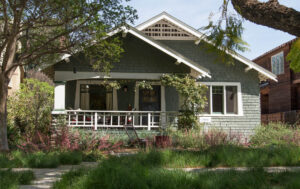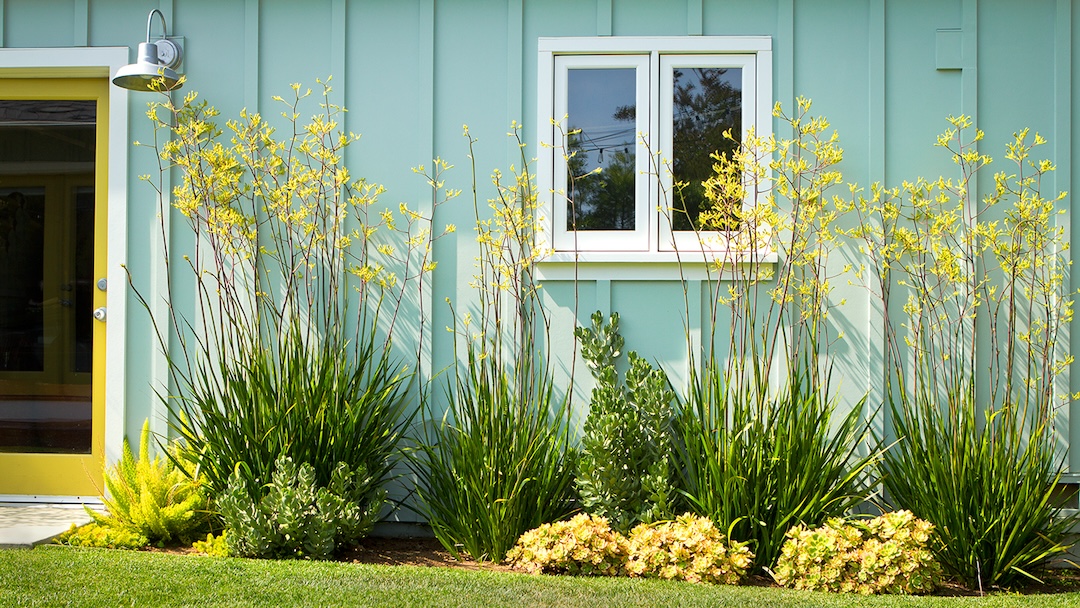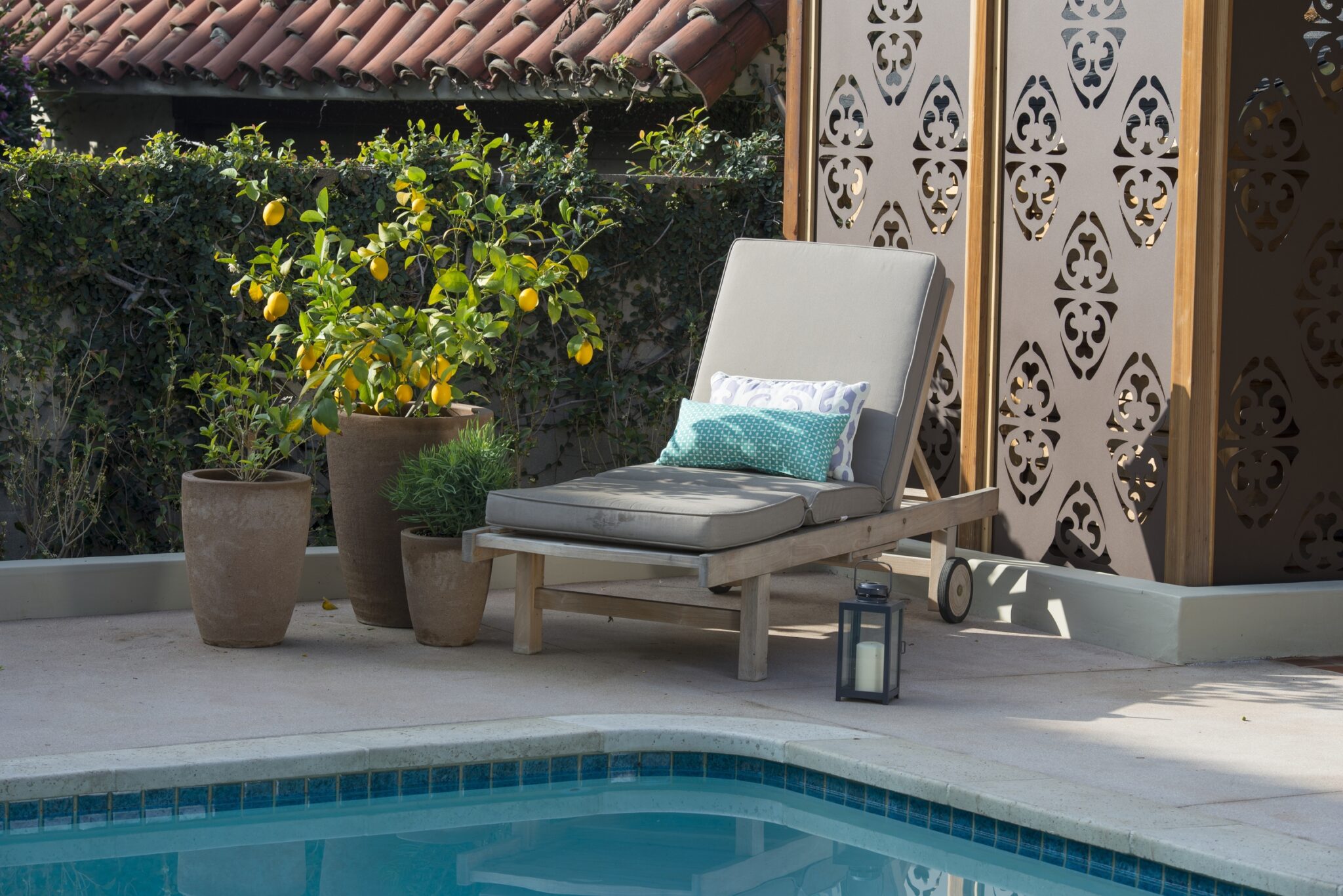
Just in the past few weeks, we’ve experienced more rainfall than Los Angeles typically has seen in a year. As rain and flooding have increased worldwide, cities have turned to green infrastructure to combat such issue. Founded by Kongjian Yu, landscape architecture firm Turenscape devoted decades to stormwater management by way of parks and other outdoor spaces. The term “sponge cities” was coined to describe the use of plants and ponds that act as a sponge to absorb and filter excess rainfall.
Along with planting more vegetation, decreasing hardscape surface area is key. In places like Los Angeles, which has been engineered with concrete aqueducts and systems to carry away water, following the trend for absorbing and cleaning the water may prevent flooding as more storms come our way. Like other parts of the world, Los Angeles has worked to transform the city’s infrastructure from one that is non-permeable to one that is spongey. As snow melt has decreased over the years, it has become ever more essential to find a local water supply to provide water to the many individuals in Los Angeles. Absorbing water through green infrastructure has shown to be widely effective.
As cities aim to create structural change in the community, individual households have the ability to create improvements in their landscape that protects their home from flooding despite the uptick in rain. Rain gardens, akin to sponge cities on a smaller scale, can reduce flood risk, create a local wildlife habitat, and filter out pollutants that would otherwise contaminate nearby bodies of water, such as the ocean. A rain garden is typically a depressed area of your yard, consisting of grasses and flowers, that soaks up and filters the water.
Creating a rain garden does not require highly specific or unusual types of plants. Often plants that best absorb water overlap with those that are drought tolerant, such as the California Poppy and Juncus patens, a native rush. By partnering with a landscape architect or designer, you can determine which plants would fit best in your garden, enhancing the health and beauty of your home, surrounding neighborhood, and beyond.
For more information on planting rain gardens, you can refer to this previous post. Additionally, this site provides resources for sustainable gardening practices.




[…] instead of pavement whenever possible. Usage of bark chips can be even better. As mentioned in this previous article, not only do these surfaces reduce runoff, but they filter out pollutants prior to […]